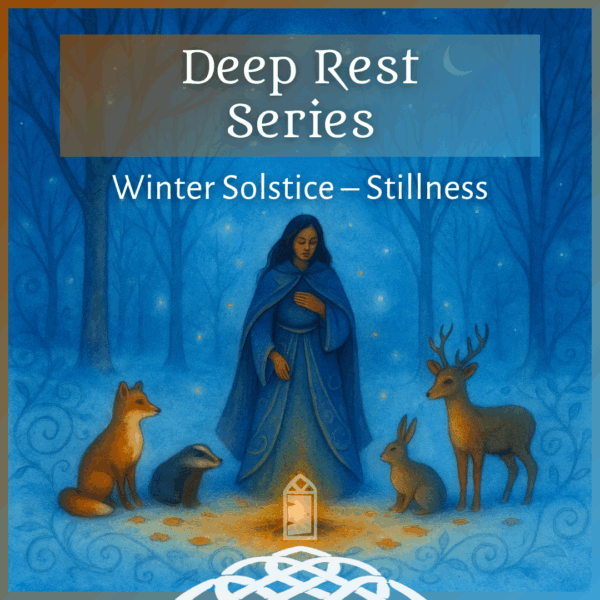
I have a deep affinity for crows and ravens as they seem to connect two important parts of my life together. Ravens and crows are a part of the same Corvidae or Crow family with ravens being larger and perferring wilder places.
Saint Benedict (whose Feast Day is today) is often depicted with a raven by his side because legend has it that a raven saved him from eating poisoned bread. Special connections and relationships to animals were once a sign of holiness. Thomas Merton wrote in one of his letters that this is what the monastic life is ideally all about: “the monk here and now is supposed to be living the life of the new creation in which right relation to all the rest of God’s creatures is fully restored.”

(**this photo of Benedict above was taken by Rich at Pilgrim Path at Christ in the Desert monastery in NM)
The Hebrew Scriptures have several references to the raven. In 1 Kings, God sends Elijah out into the wilderness:
The LORD then said to Elijah: “Leave here, go east and hide in the Wadi Cherith, east of the Jordan. You shall drink of the stream, and I have commanded ravens to feed you there.” So he left and did as the LORD had commanded. He went and remained by the Wadi Cherith, east of the Jordan. Ravens brought him bread and meat in the morning, and bread and meat in the evening, and he drank from the stream. (1 Kings 17:2-6)
Hearkening back to Elijah, there is a story about Paul of Thebes who lived in the desert, each day a raven brought him a half loaf of bread to eat. On the day he is to meet Antony of Egypt, the raven brings a whole loaf.

In the Gospel of Luke, Jesus says: “Notice the ravens: they do not sow or reap; they have neither storehouse nor barn, yet God feeds them.” (Luke 12:24)
The other thread of my life is the Northwest First Nations culture and art. Ever since moving to Seattle four years ago, I have grown more and more enchanted with their art and stories. Raven shows up often in tales as trickster and is usually depicted there at the beginning of creation, as in the story of Raven Stealing the Light or discovering the first people in a clamshell in Raven and the First Humans. There is a wisdom to these birds long honored by indigenous peoples.



Those of you who read here regularly know that I have a deep love for animals and a profund respect for the wisdom of other creatures. It is woven into my calling to live as a monk in the world and to live out the New Creation. What if we all lived as if right relationship had been restored between ourselves and the other animals?
-Christine Valters Paintner @ Abbey of the Arts
(photos of crows are all mine, taken mostly in Seattle)
**Gannet Girl left this delightful story in the comments:
The Living Buddha of Compassion
Centuries ago, a young boy named Gedundrub was born.
The night of his birth, robbers came to his home and his family fled hiding the baby in a cattle pen.
When they returned the next day, the baby was safe, found guarded by a pair of black crows.
He was the first Dalai Lama.



5 Responses
Thank you so much for sharing that story Gannet! I love it, another one to add to my reasons to love crows.
I sent a link to this post to a friendwho has a deep love for crows, and she sent back this:
The Living Buddha of Compassion
Centuries ago, a young boy named Gedundrub was born.
The night of his birth, robbers came to his home and his family fled hiding the baby in a cattle pen.
When they returned the next day, the baby was safe, found guarded by a pair of black crows.
He was the first Dalai Lama.
Lucy, I am delighted to hear your new relationship with raven, may it bring you many gifts of wisdom.
Thanks Wendy, I loved the Merton quote too, and I agree that it is a core thing.
“Thomas Merton wrote in one of his letters that this is what the monastic life is ideally all about: “the monk here and now is supposed to be living the life of the new creation in which right relation to all the rest of God’s creatures is fully restored.””
I loved that! Have gotten to the point where i think ones character comes through really in how they connect with the animals and natural world around them, it is so core
Glad you had a blessed trip : ) Wendy
thank you for this essay on raven. i, unlike you, have never been fond of crows. i associate them with the time following the birth of my son when they roosted outside my bedroom window and often woke me from the too little sleep i was getting at the time.
this summer we have had a raven (i like that name better) who loves my new bird bath. my husband is quite fond of him and i am trying to follow suit. your words and lovely photos have helped make that a little easier.
stay cool!